The newest climate change research tool may be in your pantry
by Chris Patrick
Tea bags are no longer merely a means of brewing an aromatic beverage. They’ve now found purchase in environmental research, providing a more efficient way to measure how fast things decay—and how well wetlands store carbon.
Lisa Schile, a postdoc in the biogeochemistry lab at the Smithsonian Environmental Research Center (SERC), said she’s a “guinea pig” for tea bag research. Schile puts tea bags into wetlands not because she’s vying for the record of World’s Largest Cup of Tea, but because tea bags are essentially mini litter bags, buried mesh sacks of leaves and other plant parts that tell researchers how fast plants decompose in an area.
Decomposition is the breakdown of organic materials, like plants. It’s important—without this process, all the nutrients in dead things would remain locked up instead of being released for plants and microbes to use. Plant decay, however, also releases carbon dioxide (CO2).
How fast things break down depends on many factors, including temperature and moisture. Wetlands, like marshes and mangroves, have slower decomposition rates because of their high moisture content. More moisture means less oxygen, which slows the activity of microbes carrying out decomposition. Slower decomposition sends less carbon dioxide, the notorious greenhouse gas, into the atmosphere. Wetlands’ tendency to store carbon is advantageous in the context of climate change.
But measuring how fast things rot to see how much carbon wetlands store is a time-intensive process. Experiments last over a year and making litter bags is laborious. “You have to sew them together, you have to collect the litter, you have to put it in, you have to weigh it,” said Schile. “There’s a lot of variability with that and it takes a long time.” It’s also difficult to use the same plant material in international experiments, as some countries don’t allow import of foreign material.
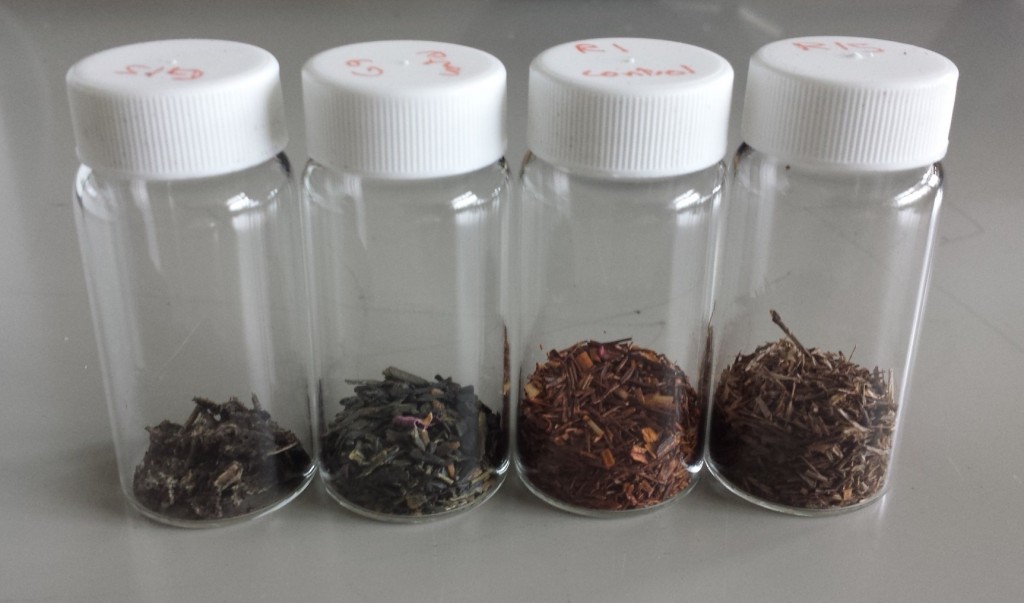
The two center jars house fresh tea bag contents. The outside jars hold contents that have been in a mangrove for three months. (Lisa Schile)
Tea bags, however, are premade and virtually identical. Once purchased, they’re ready to go into the ground. If the process sounds simple, that’s because it is. Schile weighs the tea bags, buries them in wetlands, and digs them up three months later to weigh them again. Each tea bag’s weight loss is evidence of how much organic material inside decayed.
Using two kinds of tea, green and rooibos, gives Schile a full picture of decomposition without waiting a year for one type of plant material to degrade. Different types of tea leaves contain different types of carbon. Microbes readily digest green tea leaves, breaking them down quickly. Rooibos leaves take longer to decompose because they contain harder-to-digest carbons.
Schile is working with Marine Global Earth Observatories (MarineGEO), a worldwide network of coastal ecosystem research sites directed by the Smithsonian Tennenbaum Marine Observatories Network (TMON). She will determine if MarineGEO can add tea bags to its current repertoire of data collection tools. Tea bags would provide an easy, standardized way of measuring decomposition rates at all MarineGEO sites.
Schile is steeping tea bags in wetlands of Maryland, Virginia, Florida, San Francisco Bay, Belize, and Panama. She even has some buried on SERC property, next to the Reed Education Center and in the Global Change Research Wetland. Besides verifying that tea bags are a feasible tool for measuring decay in MarineGEO sites, she’ll also compare the decomposition rates in these areas.
“It is interesting to think that you can use something as simple as tea to look at ecological processes,” said Schile.
The greatest challenge of using tea bags has proven to be finding them when it’s time to dig them up. Schile buries the tea bags about 10 centimeters underground, keeping their strings and tags aboveground and wound around wooden dowels. Though flags in orange-highlighter hues mark the burial spots, it can still be hard to find them later.
Schile cautions that tea bags are not a replacement for litter bags and other traditional methods of measuring decomposition rates, but a substitution. “Using tea bags is just a proxy,” said Schile. “Using source plant material is always the best, but is the most time intensive.”
Schile keeps cartons of Lipton tea bags on a shelf in her cubicle. This new tool for climate change research may already sit in your pantry. With such easy access, there are crowdsourcing efforts to take advantage of tea bags’ latest ability. Ecologists at Utrecht University in the Netherlands developed the Tea Bag Index, encouraging tea consumers and other members of the public to steep tea bags in their yards and relay data they collect.
Schile feels positive about the potential role of tea bags in MarineGEO. She has begun processing tea bags dug up from Panamanian and Belizean soil and soon she’ll be in San Francisco Bay, hunting for tags and exhuming buried tea bags.

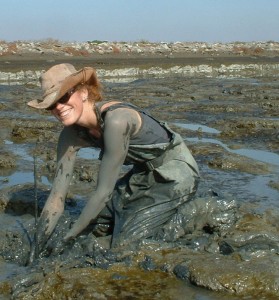
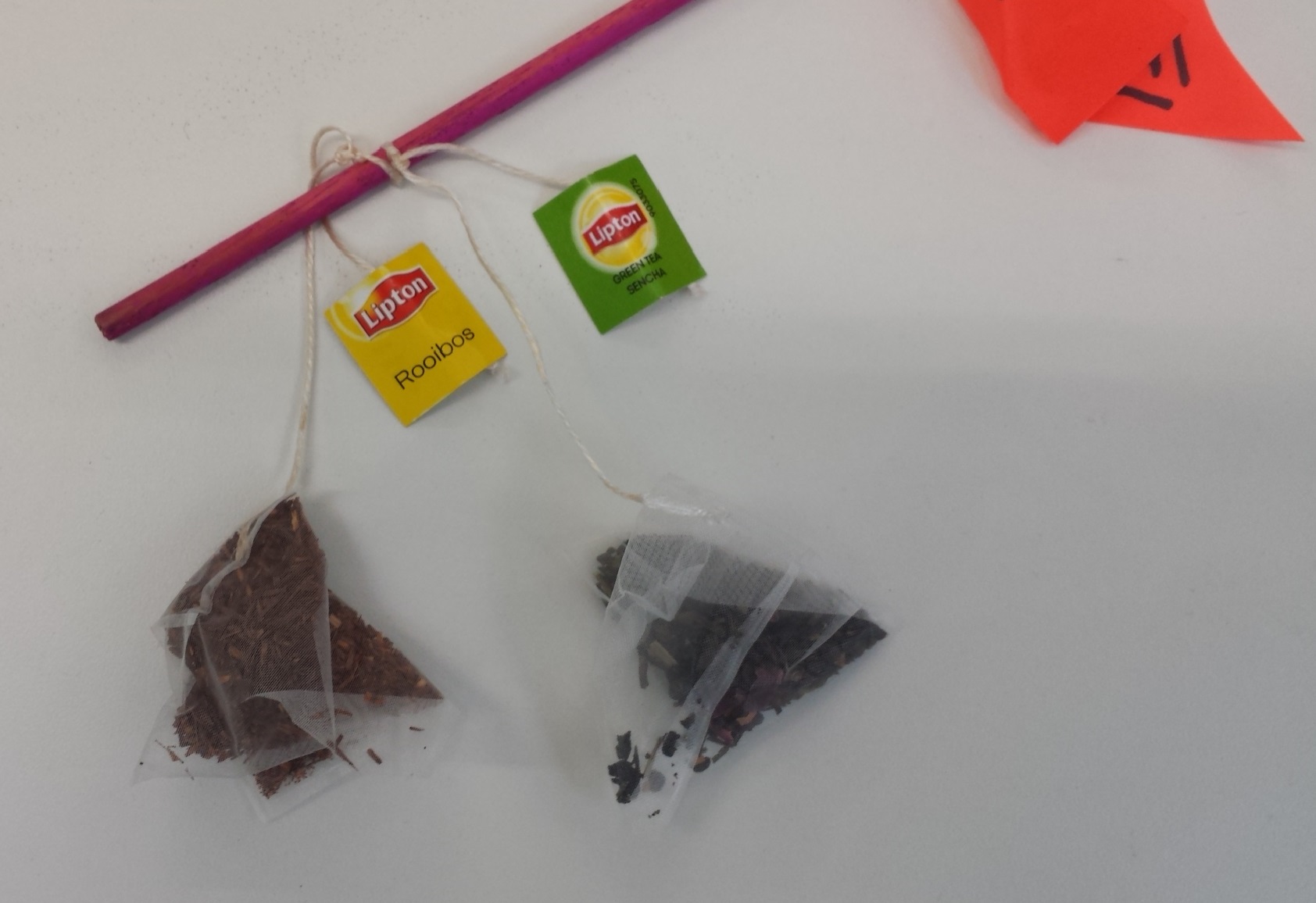
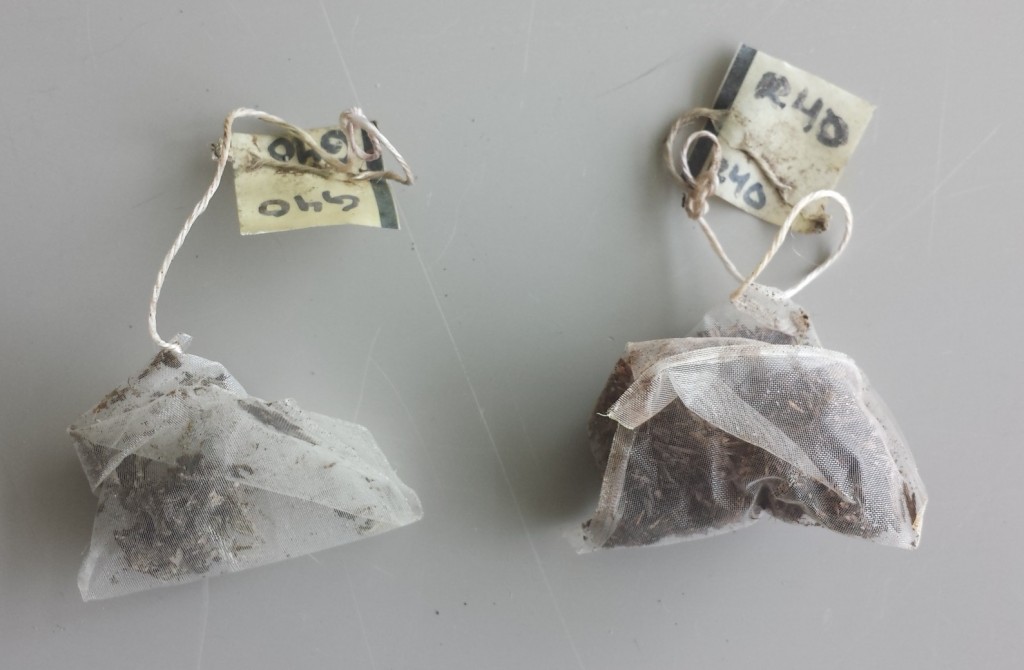
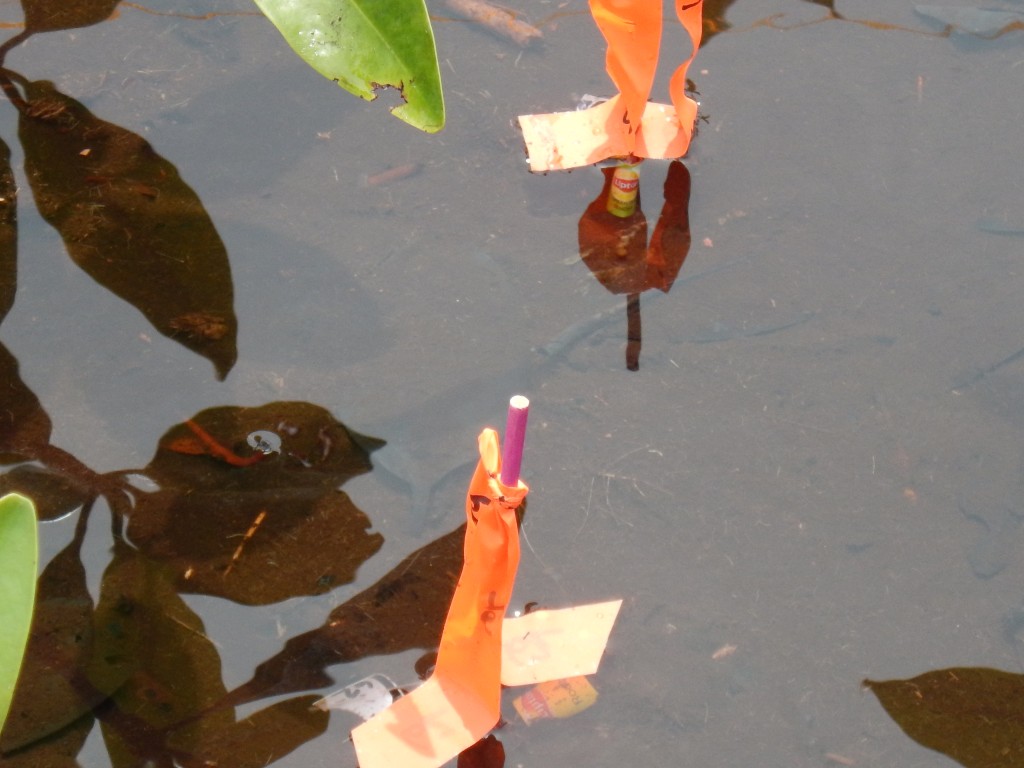

Utrecht University was mentioned in the article. The people (especially the person who was the lead author on the paper that was published on this technique) has a connection at SERC. He was at SERC as part of a course and has worked with me and Candy. I was on his Ph.D committee and his Ph.D adviser (Jos Verhoeven) is a Research Associate at SERC. I have used the technique in Alaska.
Can this technique be used in the coastal marine environment? I was wondering whether the teabags need to be suspended in the water or buried in ocean sediment to measure decomposition rates? I am currently enrolled in a PhD at the University of Hong Kong and exploring some ideas to measure ecosystem function.
Yes, you can use the teabag methodology in coastal marine environments. You need to bury the bags 10cm in the soil, whether you’re working in the intertidal or subtidal. I found that it is harder to keep them in the soil for the full 3 months when the soil is primarily sand, so I would recommend burying more replicates (around 15) to make sure your sample size is high enough. Good luck!!
-Lisa Schile